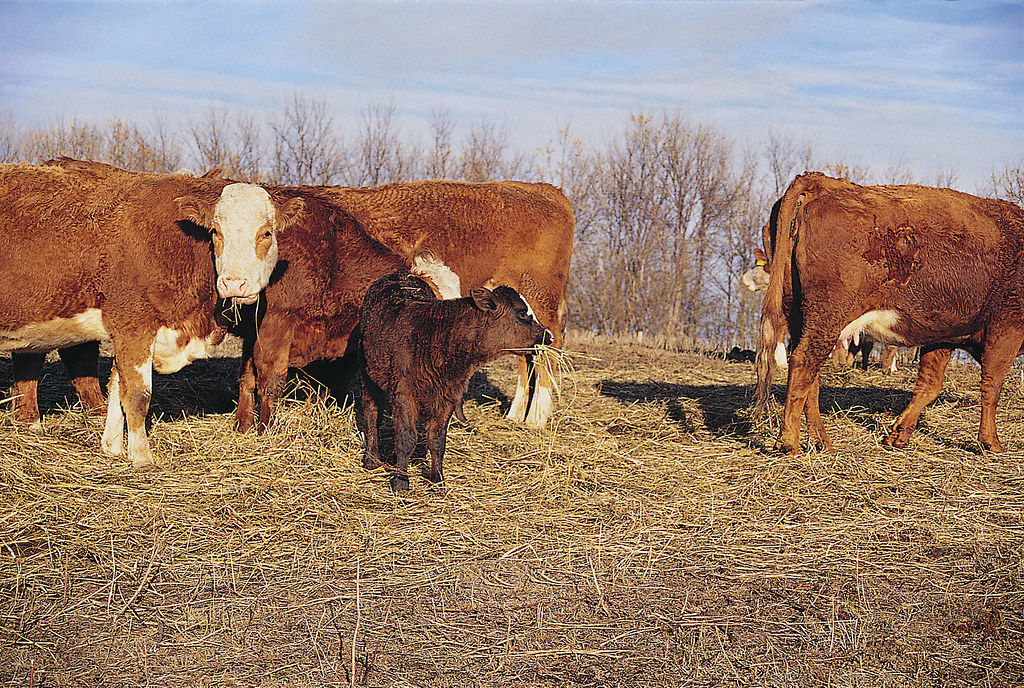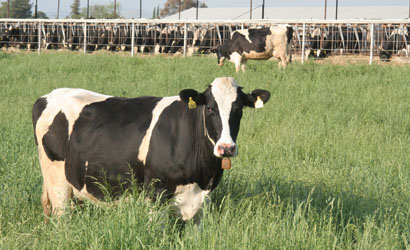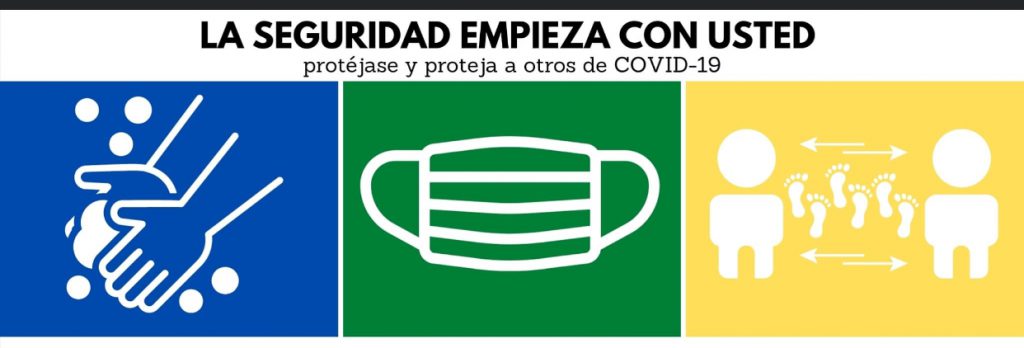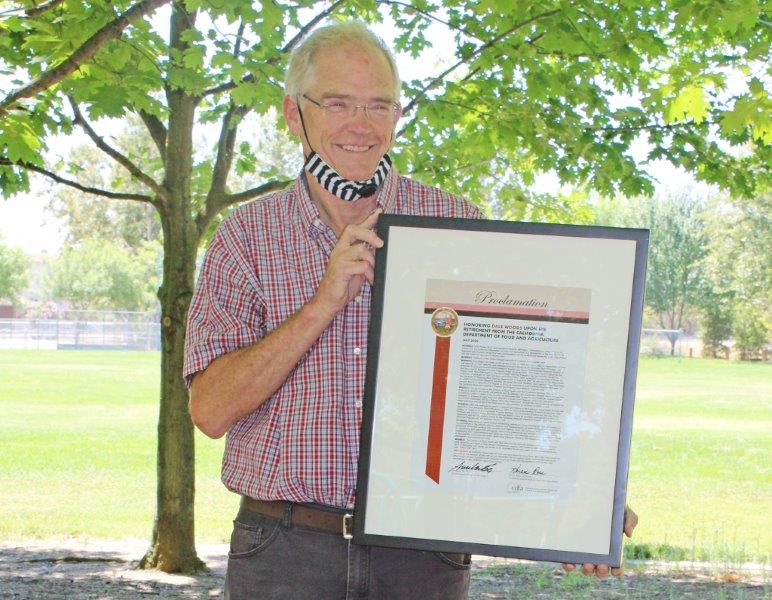From a USDA news release
USDA’s Natural Resources Conservation Service (NRCS) invited potential conservation partners to submit project applications for federal funding through the Regional Conservation Partnership Program (RCPP). NRCS will award up to $360 million dollars to locally driven, public-private partnerships that improve the nation’s water quality, combat drought, enhance soil health, support wildlife habitat and protect agricultural viability.
“RCPP brings an expanded approach to investing in natural resource conservation that empowers local communities to work with multiple partners and agricultural producers to design solutions that work best for them,” said NRCS Chief Matthew Lohr.
Partners may request between $250,000 and $10 million in RCPP funding through this funding announcement. Partners are expected to offer value-added contributions to amplify the impact of RCPP funding in an amount equal or greater to the NRCS investment.
“We have incredible conservation partners and agricultural producers,” said Carlos Suarez, NRCS State Conservationist in California. “Looking forward to continuing our support of implementing conservation activities on private lands,” he continued.
Eligible lead partners are encouraged to apply. Funding is open to private industry, non-government organizations, Indian tribes, state and local governments, water districts and universities, among others. The full list of eligible entities is available in the RCPP funding announcement.
First authorized by the 2014 Farm Bill, RCPP has combined nearly$1 billion in NRCS investments with close to $2 billion in non-NRCS dollars to implement conservation practices across the nation. There are 336 active RCPP projects that have engaged more than 2,000 partners. Successful RCPP projects provide innovative conservation solutions, leverage partner contributions and offer impactful and measurable outcomes.
NRCS requested public comment on the RCPP Critical Conservation Areas and their associated priority resource concerns as part of a review allowed by the Farm Bill once every five years. This funding announcement introduces CCA changes that resulted from the review:
- The California Bay-Delta and Columbia River Basin CCAs have been combined into the Western Waters CCA, which also encompasses the Klamath River Basin and the Puget Sound Basin.
- A new CCA—Northeast Forests and Waters—has been added to the roster. This CCAs priority resource concerns include water quality and wildlife habitat. The boundaries of the CCA encompass Connecticut, Massachusetts, Maine, New Hampshire, Rhode Island and Vermont.
USDA is now accepting proposals for RCPP through the RCPP portal. Proposals are due by 11:59 p.m. Eastern Time on November 4, 2020. For more information, view the Application for Program Funding on grants.gov.
A webinar with general program information for RCPP applicants is scheduled for 3 p.m. Eastern Time on Aug 27, 2020. Visit the RCPP website for information on how to participate. In California, you may reach Erik.Beardsley@usda.gov or call (530) 792-5649.
For more information on RCPP, visit the RCPP website.








